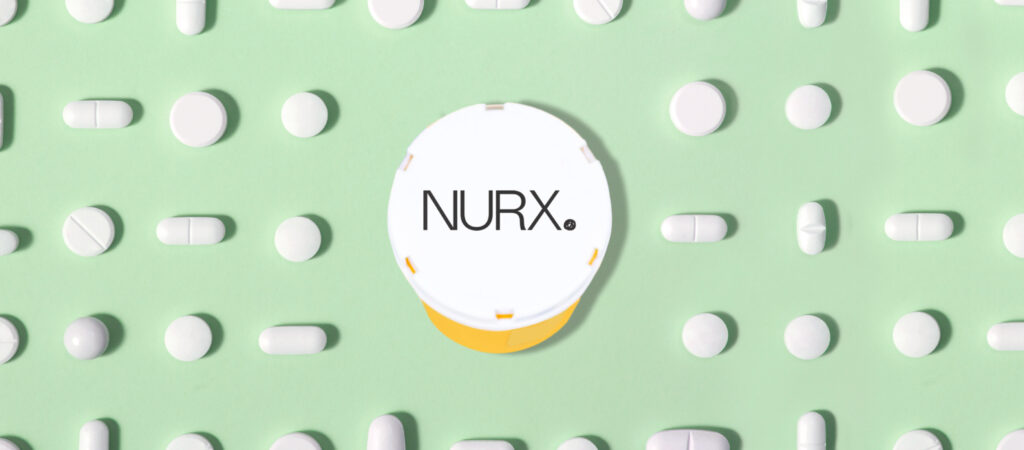8 Things to Have on Hand if You Get Migraines

Medically reviewed by Dr. Betty Acker, MD on September 4, 2020
If you suffer from migraines, you know that they can come in many forms — sometimes you can sense them approaching, but sometimes they strike out of nowhere. When migraines do begin without warning, you need to be prepared to deal with them on the spot.
As long-term sufferers know, there’s no way to end a migraine immediately, but having the right things on hand can make all the difference. Here are some must-haves:
- Your prescriptions
If you’ve been prescribed abortives (medications to stop a migraine) for your migraines, keep them with you whenever possible — they’re your first line of defense against debilitating pain. Different abortives work at different speeds, so some may be taken as soon as you feel something coming, while others may be best used when symptoms start to worsen. Check with your provider to make sure you understand when is the best time to take your particular prescription!
Nurx offers prescription treatment for migraines for as little as $0 with insurance or $15 per month without insurance.
- Over-the-counter options
If you don’t have abortives prescribed to you or they’re simply not on hand, over-the-counter drugs are your next best bet. Anti-inflammatories and mild painkillers such as acetaminophen, ibuprofen, or aspirin can help dull some of the symptoms of a migraine and shorten its duration.
- Water
Both migraines and traditional headaches can be caused by dehydration, so having water on hand is absolutely key. Tension headaches are often fatigue-induced, and not drinking enough water can easily bring about signs of fatigue. In addition, those who suffer from extended migraines can sometimes neglect to regularly drink water after symptoms begin, worsening the episode overall.
- Caffeine
Though most people consume caffeinated beverages for the energy boost, the compound actually has many of the same anti-inflammatory properties as some of the over-the-counter drugs listed above — making it helpful for many people who experience fewer than 3 headaches days per month. Caffeine used in combination with acetaminophen or ibuprofen can actually make both more effective, increasing the pain relieving effect by up to 40%.
For people who experience more frequent headaches, extra caffeine can actually cause rebound headaches and therefore may not be the best option. Generally, people with migraines should consume no more than 200mg of caffeine a day, which includes coffee, tea, chocolate and soda.
- Ice
You can’t carry actual ice in your handbag (obviously), but ice is a highly effective pain reliever when it comes to migraines. Consider adding an instant ice pack to your purse or work bag for emergency use. Squeeze to activate and secure in place against your head with a towel or bandana as soon as you begin to feel pain, and you should experience some relief within a few minutes.
- Sunglasses
One of the most common side effects of migraines is extreme sensitivity to light, so it’s important to have something on hand to dim the brightness of lights that reach your eyes. If you’re out and about, your best bet is a pair of heavy-duty sunglasses. If you are able to lie down, you should consider wearing an eye mask while resting in order to prevent light intake as much as possible.
- Nausea preventives
Another common side effect associated with migraines is the sudden onset of nausea. Headaches are difficult enough to deal with as it is, so keep some anti-nausea medicine such as Zofran or Pepto-Bismol available should it be needed. If worse comes to worst, having a bag to throw up in can keep things from getting any more unpleasant for you.
- Something relaxing
When used in combination with heavier hitters listed above, a bit of healthy distraction can help manage migraine pain. The best solution will be different for everyone, but calming music or white noise generators can be good ways to focus your mind on something else without becoming overstimulated. Relaxation or yoga apps should also be go-tos for people who find that guided calming exercises work best for them.
Migraines hit everyone differently, and these are just a few things that can help out with most people. If you’re interested in a more specialized treatment for your headaches, the medical team at Nurx can provide a personalized treatment plan and ongoing care via telehealth.





